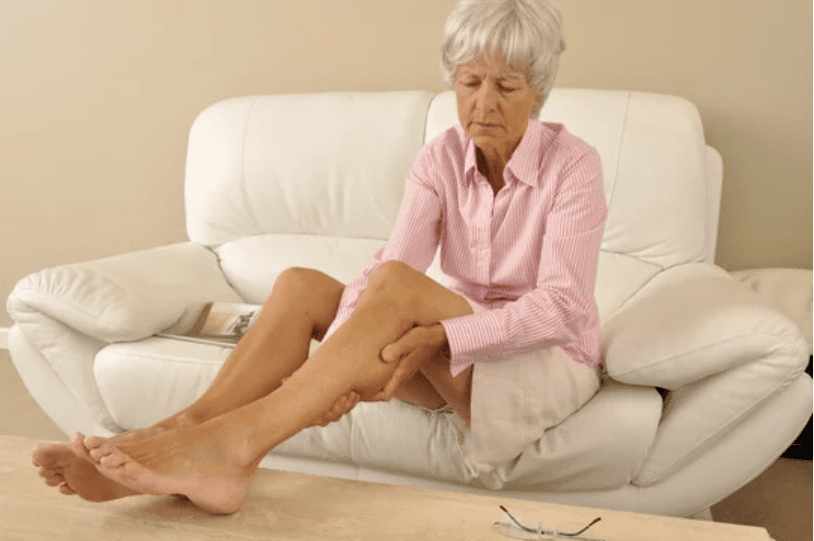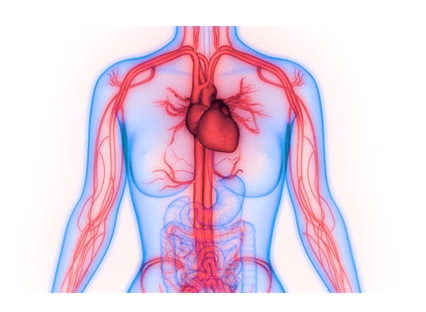
The Best Treatment Options for Critical Limb Ischemia

Peripheral artery disease (PAD) is characterized by poor circulation in the periphery arteries. According to a recent study, critical limb ischemia is the most severe form of PAD, and it increases your risk of amputation and cardiac events.
At Peachstate Advanced Cardiac & Endovascular in Newnan, Georgia, board-certified interventional cardiologist and endovascular expert Oghenerukevwe Odiete, MD, FACC, specializes in treating critical limb ischemia. In this blog, Dr. Odiete discusses what critical limb ischemia is and what the treatment options are.
What is critical limb ischemia?
Critical limb ischemia is a complication of severe PAD, in which there is reduced blood flow to the limbs. The reduced blood flow is caused when the arteries are narrowed or there is a blockage.
Ischemia can affect other parts of your body, such as your brain or heart, but when it affects your limbs, you might notice these symptoms:
- Muscle pain
- Shiny skin
- Thickened, unhealthy toenails
- Sores, especially sores that don’t heal
- Gangrene
The reduced blood flow can cause pain even while at rest. This is a sign that your muscles aren’t receiving enough oxygen.
4 treatment options for critical limb ischemia
Untreated critical limb ischemia can cause serious complications. Without proper blood flow, gangrene — tissue death — and limb loss can result. And according to studies, as many as 33% of individuals who have minor amputations — below the knee — require future amputations. Because of the serious nature of these complications, it’s important to seek treatment.
Treatment options include:
1. Medication
Medication can help relieve pain, and some can help slow the progression of PAD and critical limb ischemia. Medication may also be useful for managing other underlying conditions that are affecting — or being affected by — your vascular health. For instance, individuals with diabetes are at an increased risk of developing PAD. If you have diabetes, it’s important to take your medication as directed and maintain healthy blood sugar levels.
2. Angioplasty
An angioplasty is a procedure designed to help improve your blood flow. An angioplasty improves blood flow by pushing plaque — the substance that blocks the artery — out of the way. During the procedure, a thin tube called a catheter is placed into the artery in your groin. The tube is then guided to the site of the blockage. Once the tube reaches the site, a very small balloon is expanded, which pushes the plaque to the sides of the artery. As a result, your artery is widened and blood flow is restored.
3. Stent
A stent is a small metal tube that keeps an artery open. Stents are placed after an angioplasty. During the angioplasty, the balloon widens the artery, but it’s the stent that keeps it open. In some cases, stents can emit medications that will help prevent future blockages.
4. Lifestyle changes
Lifestyle changes alone won’t be enough to combat the most serious form of PAD, but lifestyle changes can go a long way to helping slow down the progression. You can support your vascular health by:
- Maintaining a healthy weight
- Exercising (unless you’re not medically cleared to exercise)
- Stopping smoking
- Following a healthy diet
We can discuss any necessary lifestyle changes with you during your appointment.
At Peachstate Advanced Cardiac & Endovascular, it’s our mission to support your cardiac and vascular health. Whether you’re just starting to spot the signs of PAD or you’re already dealing with critical limb ischemia, we can help you get the care you need. To learn more about your options, book an appointment online or over the phone with Peachstate Advanced Cardiac & Endovascular today.
You Might Also Enjoy...


Feeling Faint

Should I be worried about my numb feet?

Can leg cramps be a sign of something serious?

Meet Dr. Odiete - PACE Cardiovascular Specilaist

